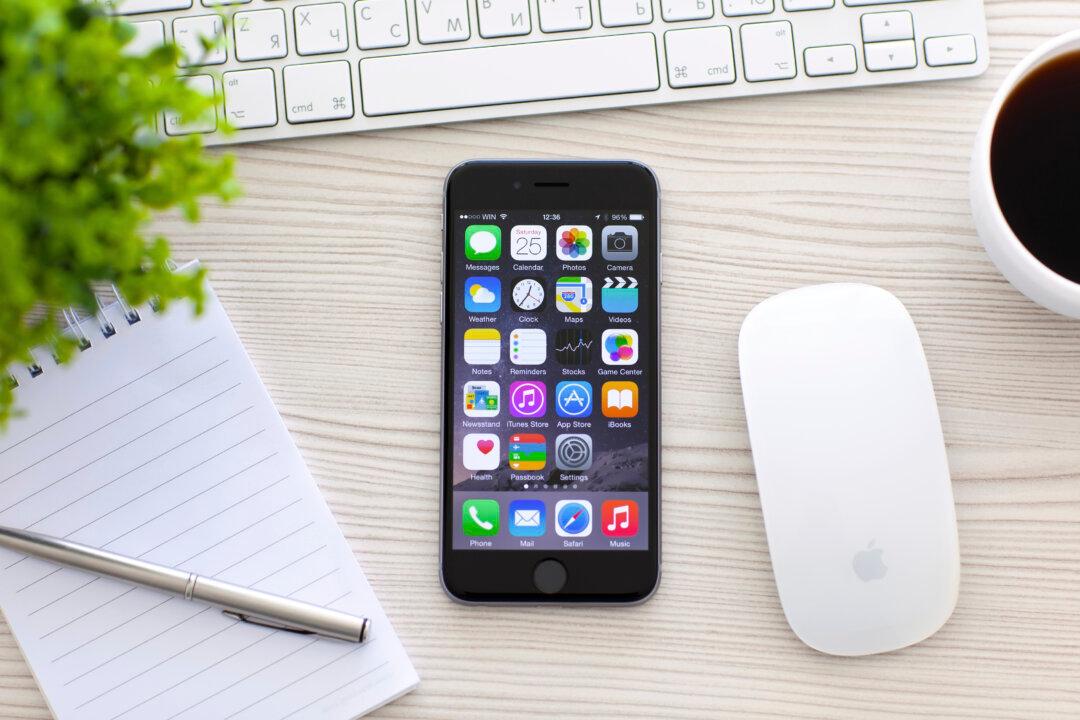Apple’s recent offering of new tech toys includes the latest iPhone – available in stores from Friday – and it boasts some mighty camera power.
Looking at the 12-megapixel (MP) still image size and 4K video in the iPhone 6S, we need to wonder if this is the only camera/video recorder you'll ever need? In fact, how long will we continue to call these digital pocket-size computers “smartphones”, since the ability to use them as a phone seems less important that other functions?
But can a smartphone camera outsmart the more traditional digital single-lens reflex (DSLR) or the mirrorless cameras favoured by enthusiasts and professional photographers?
The new iPhone is getting plenty of reviews this week, but let’s take a deeper a look at what Apple is offering in the camera department.
It’s worth examining the megapixel arms race a bit more clearly and you can see the jump from iPhone 5’s 8MP to 12MP is not that great. So before you run off to update your iPhone or Android device, keep the pixel count in mind.
So a 12MP image on the new iPhone is not that much bigger, especially when compared to some of the typical DSLRs on the market at the moment. These can take images up to 24MP and even higher, some even pushing 50MP.
Those iPhone publicity photographs we are seeing displayed on large billboards are a bit of a stretch. We view billboards from great distances and they are generally printed at 50 to 150 DPI. We should be just as impressed with the actual printer quality and how it handles the data, rather than the data sent to the printer from the iPhone.
If we were to put a two-metre-wide photographic quality print made from a good-quality DSLR camera, such as a Nikon or a Canon, next to a print made from an 8MP iPhone in a gallery setting, the quality of the DSLR’s image would be obvious, especially when you can walk up to the print and look into the detail.
So if your images need to live as print, as well as on screen, then the DSLR is still the way to go. But if your images are only going to live on a screen of some sort, then maybe you never need to use a DSLR again.
DSLR vs the Smartphone
Of course there are plenty of things to consider other than just the megapixels, such as image sensor size, zoom and focus options, low light conditions and other functions and options.
This globally networked lens can also expose the less friendly corners of the planet via apps such as eyeWitness to atrocities, developed by the International Bar Association.
The app permits sound, video and photo recording, locks the data so it can’t be manipulated and sends it to a secure cloud. The data can then be verified and distributed to global media.
